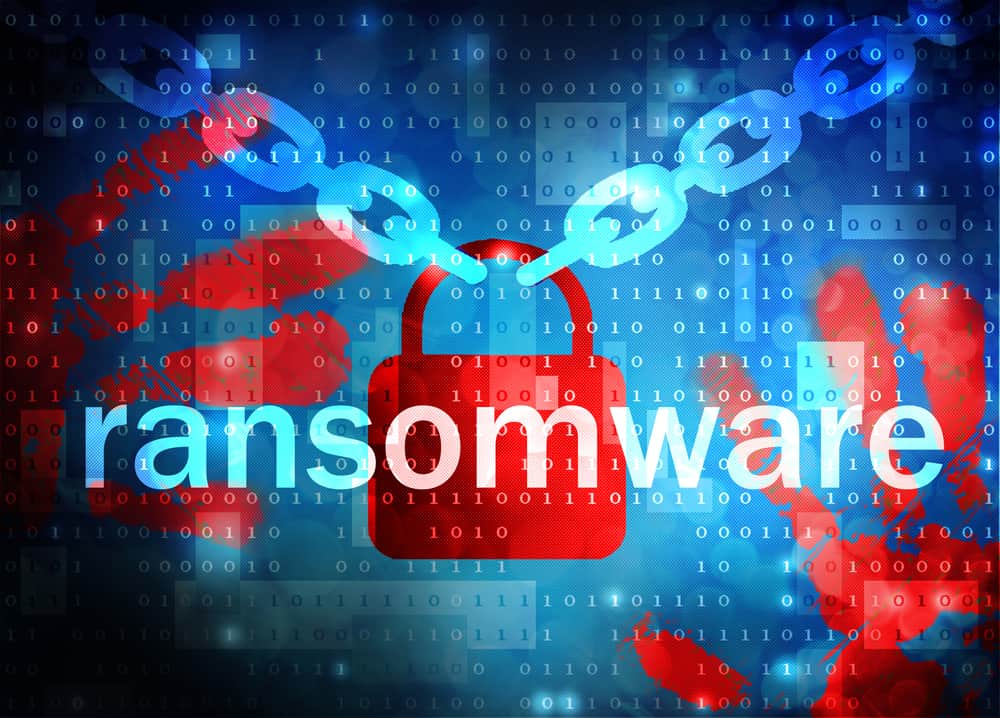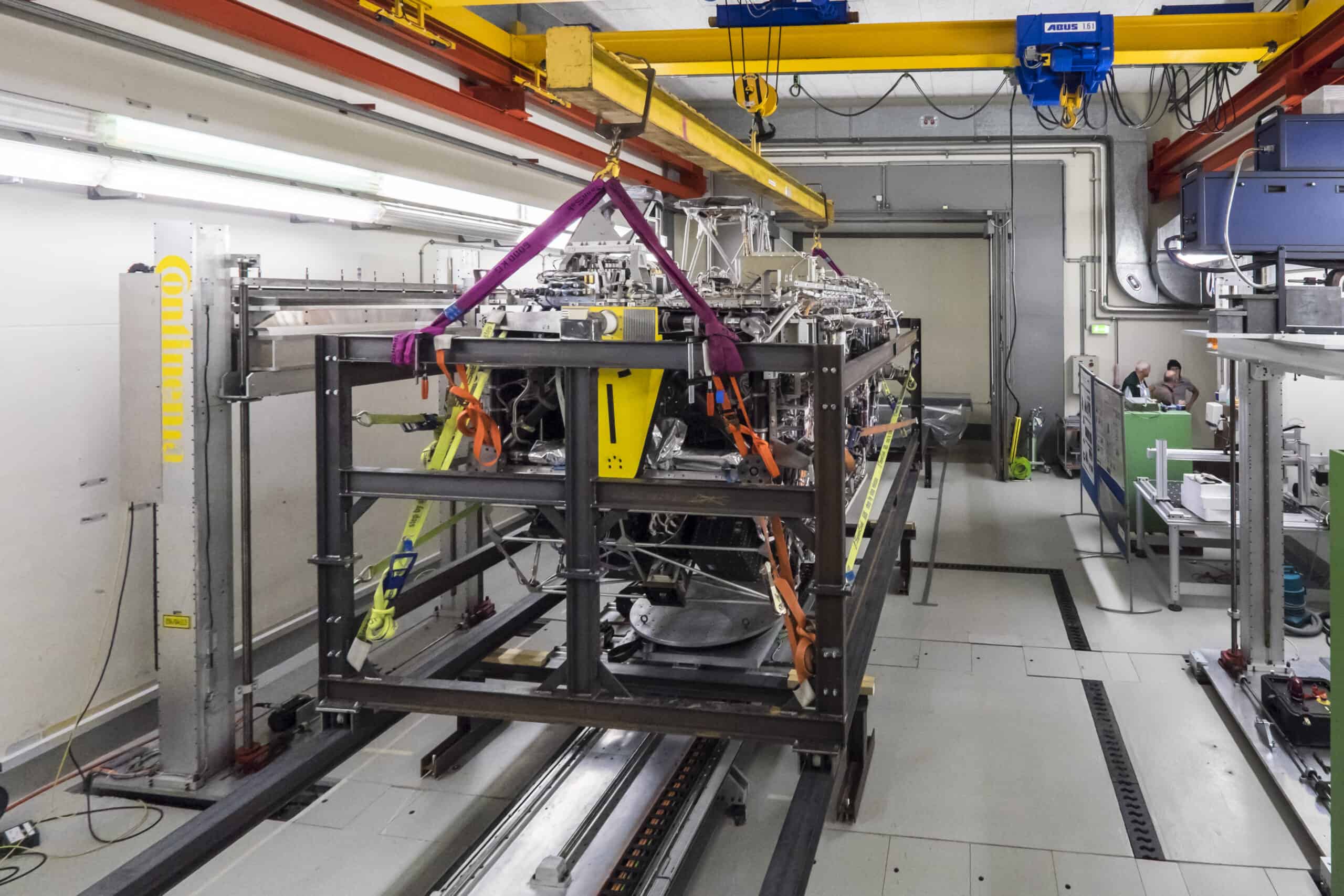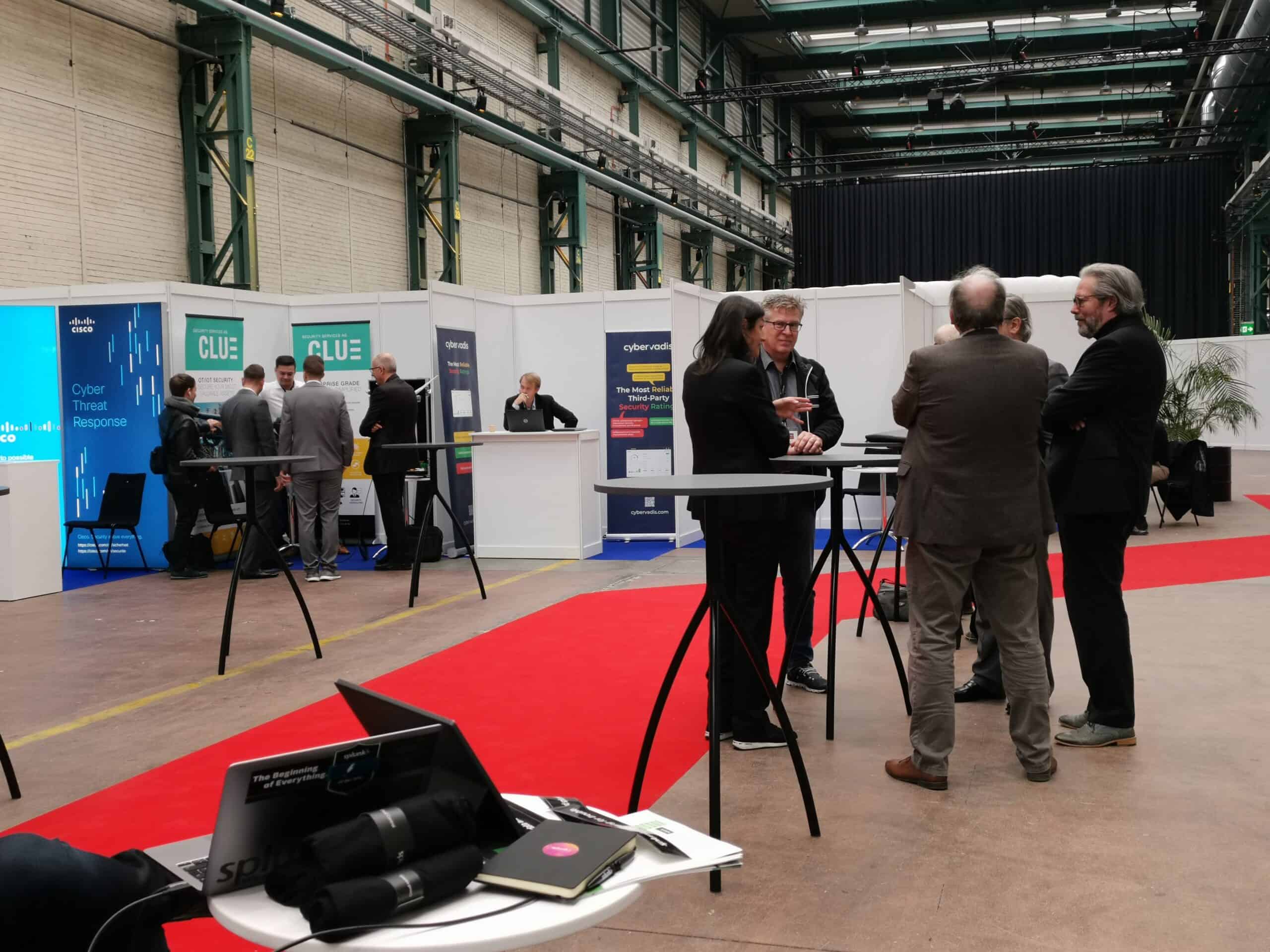Poorly ventilated - higher infection rate
Indoor air quality has an influence on how many covid infections take place there. This has now been shown for the first time in a pilot project involving Empa researchers in 150 classrooms in Graubünden. It also showed that the air quality in many classrooms is poor.

With 300 CO2-The Graubünden Health Department, together with Empa researchers, investigated the air quality in 150 classrooms in Graubünden. At the same time, the number of positive Corona test results in these classrooms was recorded. The evaluation showed that more pupils and teaching staff were infected with the corona virus in classrooms with poor air quality than in rooms that are regularly ventilated.
Aerosols play a central role in the transmission of Sars-CoV-2: persons infected with the coronavirus breathe in CO2 also emit aerosols that are loaded with viruses. The more of these aerosols circulate in a room, the higher the risk that other people in the same room will also become infected; especially if they stay in the room for a longer period of time. It has therefore been suspected for some time that the air quality in classrooms has an influence on infection rates in schools. The pilot trial in Graubünden is the first to provide empirical and statistical evidence of this connection.
Poor air quality affects learning
Air quality has been measured in 150 classrooms of 59 primary schools in Graubünden since October 2021. Two CO2-sensors were installed. A first evaluation, with data sets collected between 1 and 19 November 2021, is now available. It was possible to establish a statistical correlation between the number of cases in the weekly school tests among the school classes and the measured CO2-concentration in the corresponding classroom: Significantly more individuals were infected with Sars-CoV-2 in poorly ventilated classrooms.
The measured CO2-concentrations also show that the majority of the classrooms examined have elevated values. In 60 percent of the classrooms, the CO2-content above 2000 ppm (parts per million). Increased CO2-concentrations can impair cognitive performance and thus learning ability.
Press release Empa
Details of the study
How the CO2-The correlation between indoor CO concentration and the transmission of diseases via the air we breathe has not yet been empirically proven. In the pilot phase of the studies currently underway, the Graubünden Health Department therefore had sensors installed in around 150 classrooms in 59 schools throughout the canton to measure CO2They recorded the CO2 content of the air - two at a time - to validate the measurements. They recorded CO2 concentrations and other data such as temperature and barometric pressure continuously, while weekly corona mass tests were conducted on students and teachers.
The preliminary results now available are based on measurement data between November 1 and 19. The number of infections per 100 pupils, the so-called prevalence, correlated with the measured CO2-concentration in classrooms. In high-risk schools, it often exceeded 3,000 parts per million (ppm) - a level very significantly higher than the recommended level of no more than 1,000 ppm.
In order to determine the dependence between infection incidence and CO2-However, statistics alone are not enough to describe the exact content of the carbon dioxide. In addition, the Empa researchers' analysis is subject to certain limitations. For example, in addition to the "cumulative" CO2-content, i.e. the summed quantity of the gas, may provide further indicators of the risk of exposure to infectious aerosols.
For this reason, the experts will also take other variables from the CO2-time series, such as the temporal variation of concentration and temperature changes - with the aim of identifying any dependencies between prevalence and the recorded CO2-Hold on.


















